Chufa sedge (Cyperus esculentus), also known as "earth almond" is a plant belonging to the Cyperaceae family. Chufa sedge is thought to originate from Northern Africa and the Mediterranean.
Industrially, chufa sedge is cultivated primarily in the Mediterranean countries. The Spanish are the #1 experts when it comes to chufa. They extract a healthy plant oil from its tubers and see it as the food of the future.
As far as nutrients, the aboveground part of the chufa sedge holds its own even against cereals. It's used as animal feed, both fresh and as silage.
The aboveground part is sharp and triangular. It expands, forming an unbroken green carpet, that makes for a beautiful scene. The underground offshoots of chufa form many tubers - up to 500, about the side of an almond.
Therein lie the origins for the other famous name of chufa - earth almond. The skin of the tubers is brown colored and the inside is white. The fruits of chufa sedge are eaten with the skin.
Composition of Chufa Sedge
The oil content in chufa sedge is about 28%, easily making it an oil-bearing plant.
Growing Chufa Sedge
Before planting, the tubers are soaked in water at room temperature for 3 days. Once the soil heats up to about 60°F (15 °C), they are permanently planted 3″ (8 cm) deep in the ground.
The tubers are placed in clusters of 3-4, with 8″ (20 cm) between each cluster. They sprout on the 8-10th day. If climate conditions are unfavorable and the earth almond can't be planted in the middle of May, seedlings are then used. This method is better because it offers a higher crop yield.
Chufa sedge isn't much affected by the 1st chills in September. Harvest only begins once the leaves begin to dry up and yellow (this occurs at the end of September). The late harvest of chufa sedge allows for the thorough ripening of the tubers, as well as larger amounts of oil production.
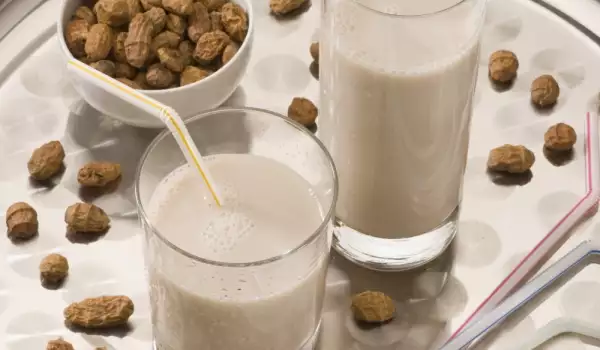
Collection of the chufa sedge harvest needs to be done in dry weather. The tubers are cleaned of soil on a metal grid, then washed and dried either out in the sun or in a dry area. Chufa sedge should be stored in a cellar or other area that's well protected from rodents. It stores well in room conditions as well.
Cooking Chufa Sedge
Chufa sedge is added to cocoa, cakes, bonbons, chocolate in the confectionery industries of a number of countries. It's also used to make halva. Chufa sedge tubers can also be used to make your own marzipan.
To make it, clean the tubers well and dry them. Heat them on low heat and then beat them with a mixer.
Combine the resulting mixture with powdered sugar in a 2:1 ratio, pour boiled water that has cooled over it and mix. Put the mixture in a pot and heat it on low. It forms well even without binding agents because it is very elastic. Use it to make bonbons of various shapes.
Chufa sedge tubers can be ground in a mortar and pestle and added to flour for baking cakes and all sorts of biscuits. Very well dried and oven baked tubers can be used to make wonderful coffee. Aromatic roasted chufa exceeds even chestnuts taste wise.
Benefits of Chufa Sedge
Chufa sedge is absorbed extremely well by the body, earning it a prominent spot among among wholesome foods everywhere. The Spanish extract milk from chufa that has healing properties and is used to treat gastrointestinal tract diseases.
To do this they pour hot water over fresh tubers in a 4:1 ratio. They are left overnight, are then filtered and sieved at the same time. Sugar is added to taste.
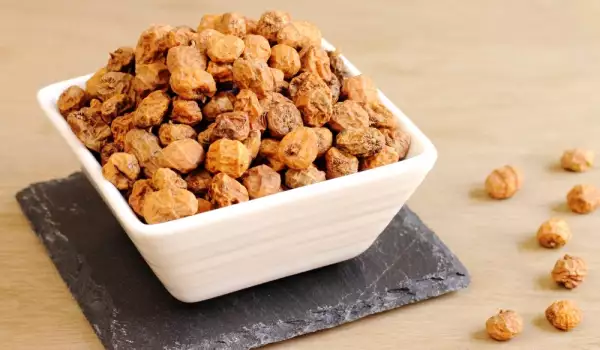
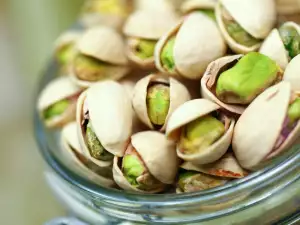
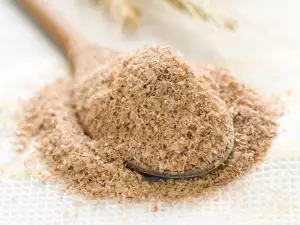
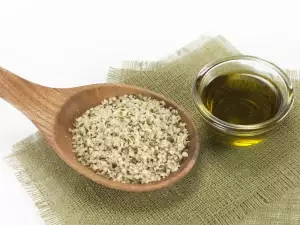
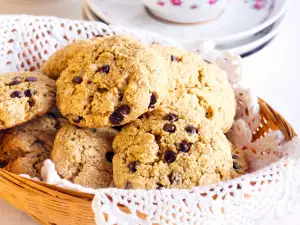
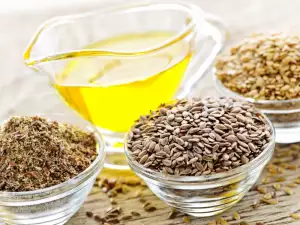
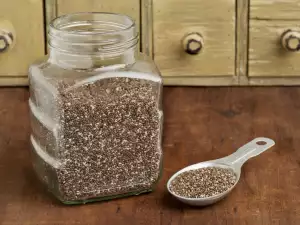
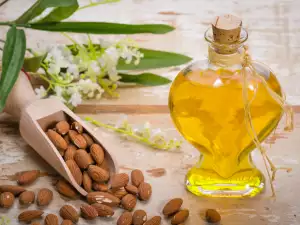
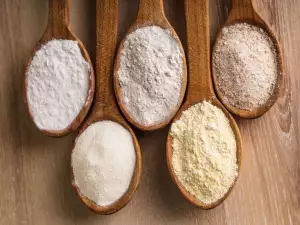
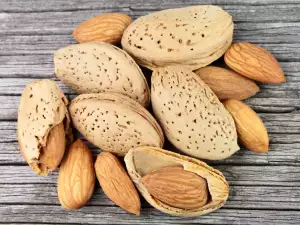
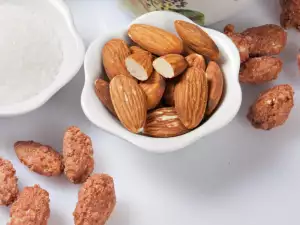
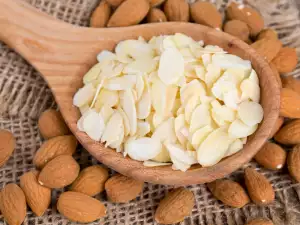
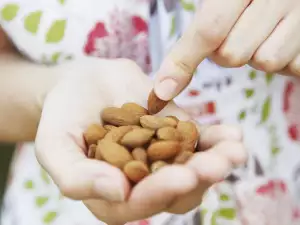


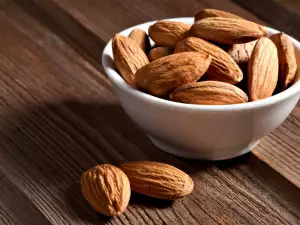




Comments